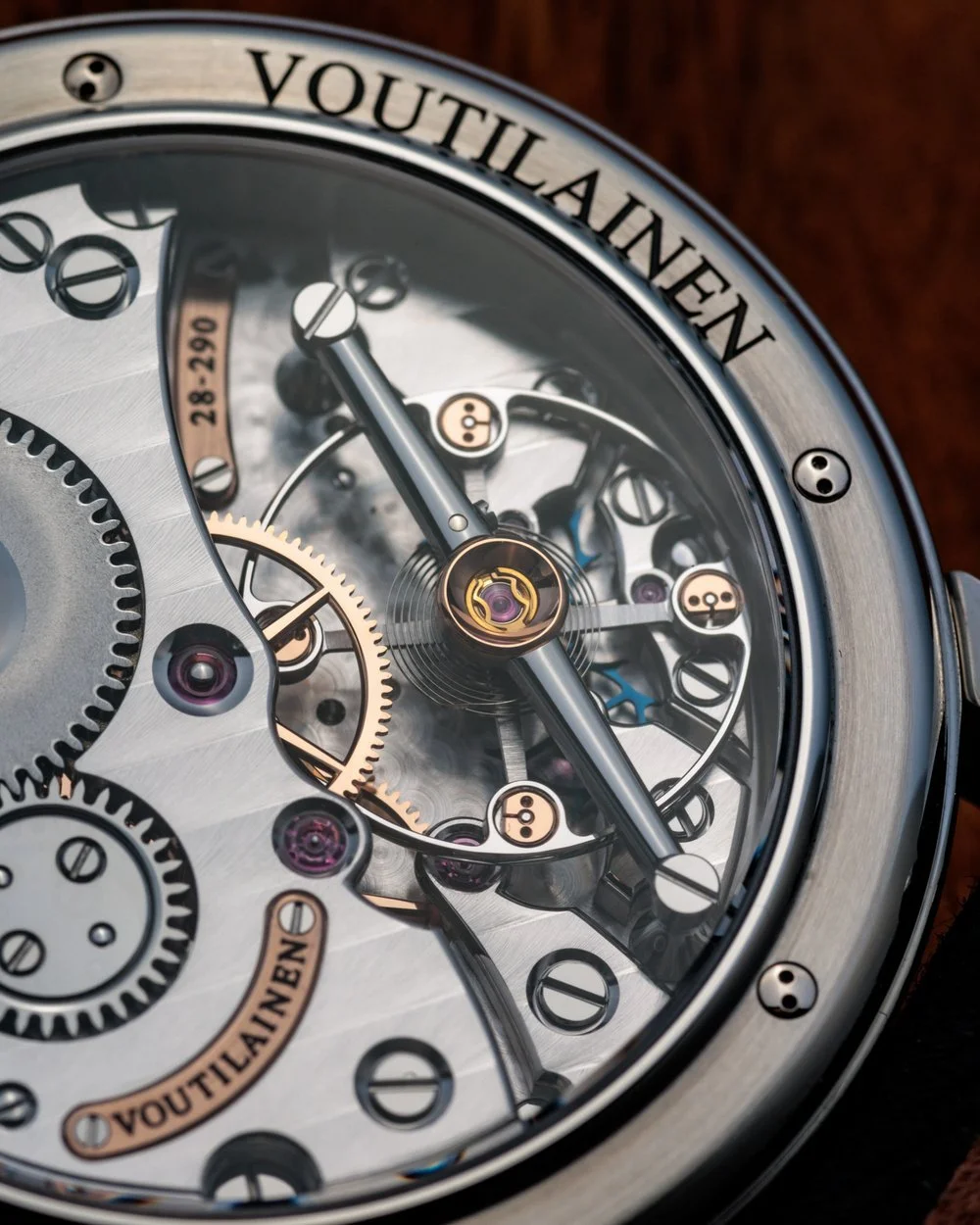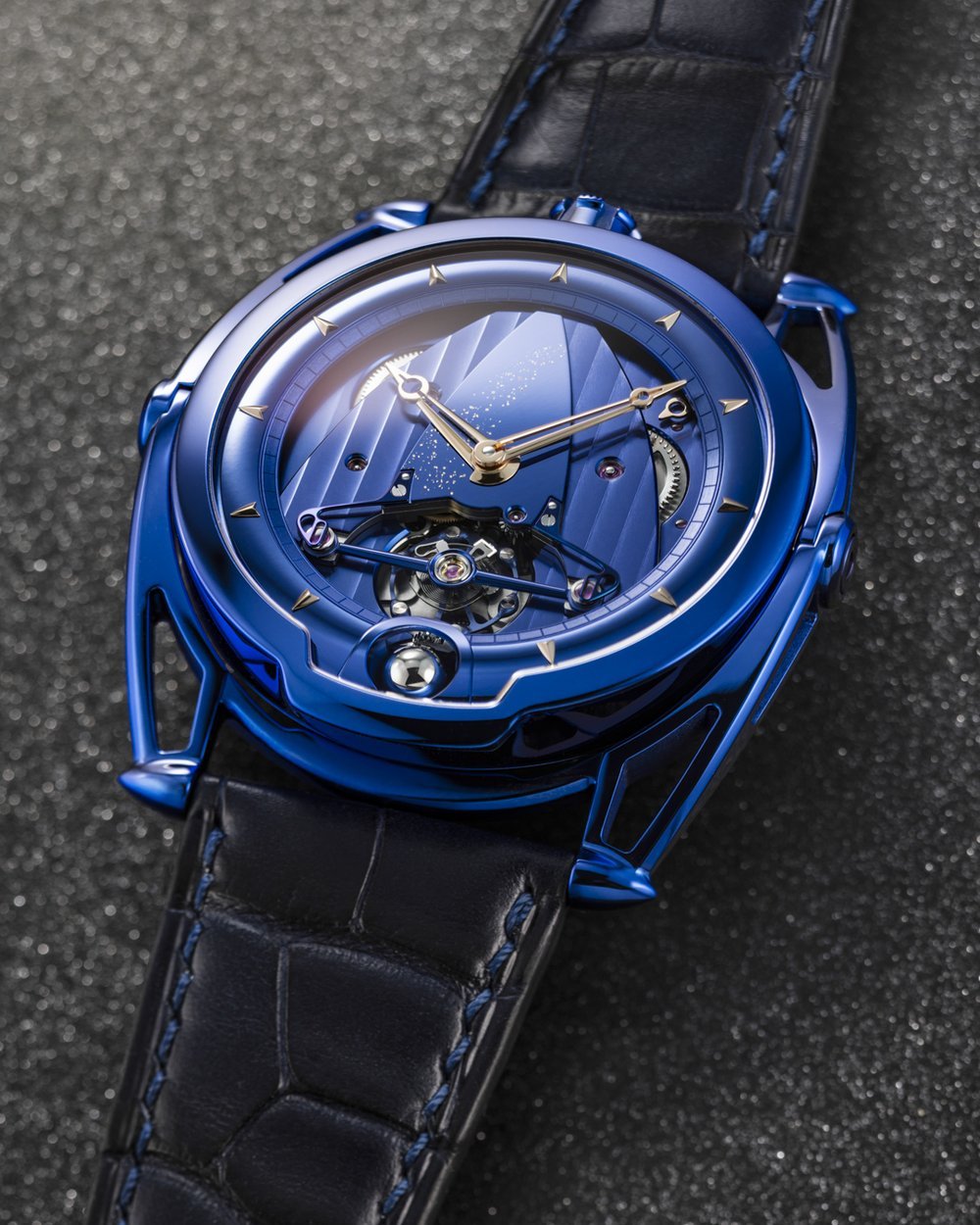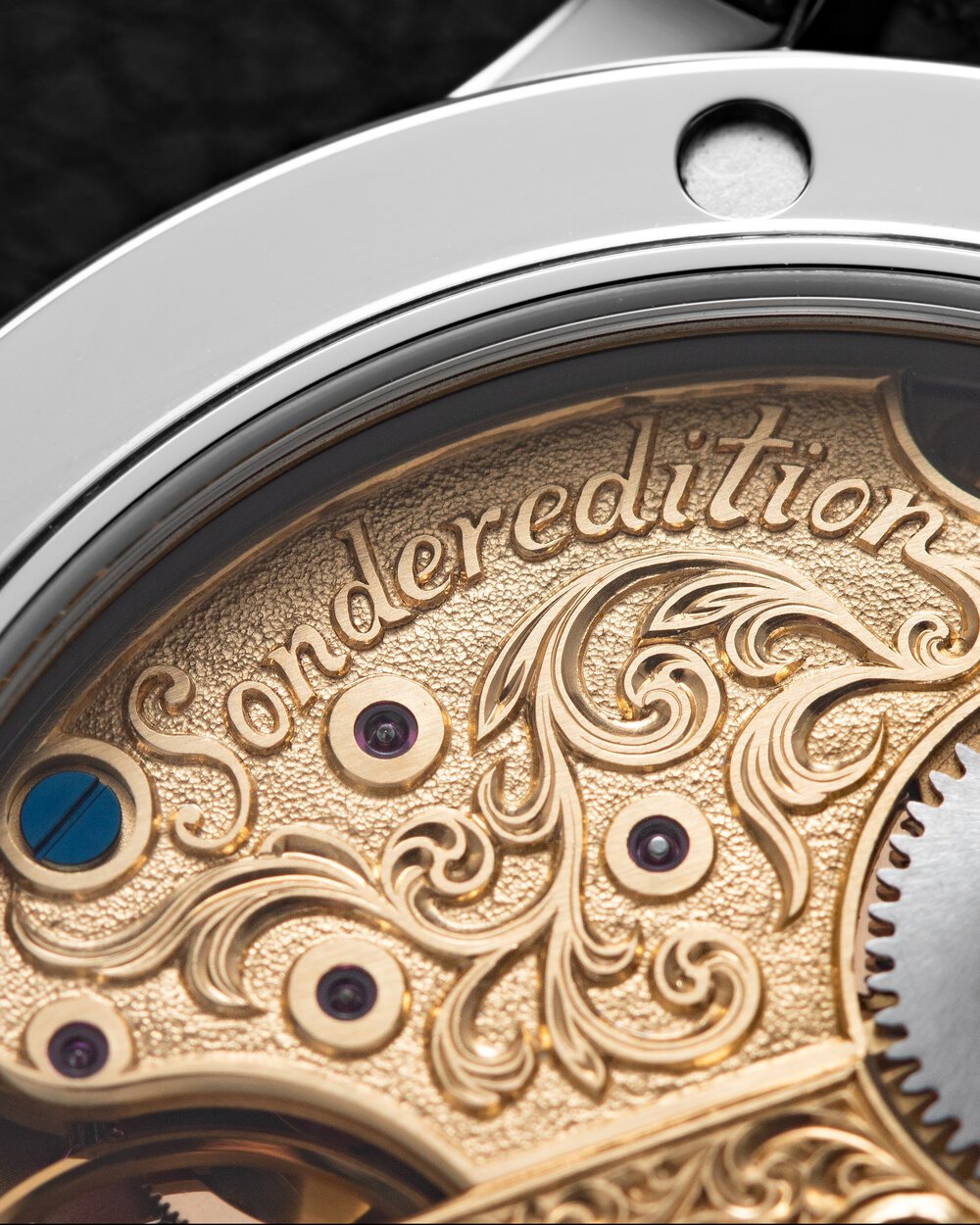Five finishing techniques in haute horlogerie
Read time: 5 min
One of the defining aspects of fine watchmaking is finishing. While watch manufacturers have found ways to democratize iconic designs and even produce mechanical complications at scale, the world’s best finished timepieces are done so by hand and in small numbers. Maybe the gap between human and machine is closing, but there remains nothing that can finish timepieces as well as the hand. A slow, time-intensive process, the connection between rarity and quality of finishing is as strong as ever.
Independent watchmaking found its stronghold in this niche of the global watch market – creating highly finished timepieces in relatively small quantities. Greubel Forsey, De Bethune, Kari Voutilainen, Akrivia, are examples of brands that go above and beyond with their approach to finishing timepieces.
Today we’re taking a closer look at some of the finishing techniques that often embody an astute attention to detail by the watchmaker / brand. With the intention that this helps new collectors through their journey through independent watchmaking, these are some of the markers of a well-finished timepiece.
Anglage
In the watch community, there is no form of finishing more popular than anglage, also used interchangeably with beveling or chamfering. Serving a primarily aesthetic purpose, anglage is when a watchmaker files and polishes the edges of metal components, mostly on the movement, to create a smooth, rounded surface. Whenever there’s discussion about “interior angles,” this is a reference to anglage where the interior edge of a bridge or component is rounded and then polished. While evaluating a timepiece isn’t as simple as “most interior angles = best watch,” many of the timepieces that live in the pantheon of both historical and modern horology marvels do indeed have generously applied anglage throughout the movement.
Mirror / black polishing
Ubiquitous in fine watchmaking, black polishing is the act of creating a perfectly smooth, nearly mirror-like, surface. The finishing technique gets its name from the pitch black appearance of the metal that occurs with certain angles. To create the mirror polish effect, watchmakers use an abrasive compound, such as a fine diamond paste, spread on a tin or zinc plate and rub the component until it has the perfect shine. True fine watchmaking will apply black polish to the most minute of components – screws. The top of every screw used in the entire timepiece will feature black polished caps – a process that ranges from 5-15 minutes per screw.
Polished sinks
If the shiny head of a screw isn’t too small of a detail, it should come as no surprise that screws are often polished to the same extent as the hole they rest in. The sinks, the hole in which screws sit, are often meticulously finished on movements in fine watchmaking. When a hole for a screw is machined in a movement, it is rough in appearance. A high quality movement will often feature chamfering around the drilled hole with added black polish to create a shine. Rexhep Rexhepi and AkriviA, pictured below, are masters are creating wide, beautifully finished sinks in their movements.
Bluing
Classically, bluing applied mostly to screws that hold the movement together. While it is mostly associated with aesthetics, there is a functional reason for the bluing – it makes screws and other components more resistant to rusting. On less expensive timepieces, bluing is almost always created through a chemical process. On more artisanal timepieces, bluing is crafted by the traditional means – the hand and a flame. As a final stage of the finishing process, bluing requires the component to be ultra-clean and already polished before it’s placed under a flame ~300C.
De Bethune, the modern master of bluing, has brought bluing to a whole new level with the DB28 Kind of Blue. Nearly impossible to create a uniform color when bluing by hand, Denis Flageollet and his team found a way to achieve uniformity across not only screws, but nearly every surface-level component across the entire timepiece from case to bridges.
Hand engraving
One of the oldest forms of finishing, hand engraving finds its roots all the way back at the origins of mechanical watchmaking in the 1500’s. Common on pocket watch movements and cases, hand engraving continues to be used as decoration or as a means of identification. Many early watchmakers, especially of English origin, used hand engraved signatures on the movement effectively as an early form of branding.
There are two types of engraving – intaglio and relief (or chase) engraving. The former is when an engraver traces the pattern or inscription on the surface and then uses a tool to carve away the metal. The latter is the exact opposite in terms of technique – the pattern reveals itself by the engraver carving into the surrounding metal. Amongst independent watchmakers, Stefan Kudoke and his team master hand engraving. Our collaboration with the German watchmaker, the Kudoke 2 Grüner Wald Sonderedition, is an exceptional example of Stefan’s hand engraving, both on the movement and on the day/night indicator on the dial.
To add some nuance at the close, there are plenty of exceptions to the rule that haute horlogerie timepieces must include these five forms of finishing. We’ve examined how to assess watch movements beyond finishing – an important counterbalance to evaluating movements strictly through finishing. Plenty of legendary watchmakers and brands create timepieces that do not place finishing as a primary concern, nor is the greatness of their creations defined exclusively through the quality of finish. We’ve never heard of Urwerk, one of the pioneers of avant-garde watchmaking, spoken about in light of their finishing. More akin to conceptual artists in watchmaking, any critique of Urwerk’s finishing would feel comparable to criticisms of a Ferrari’s fuel economy – they simply optimize for something else.




